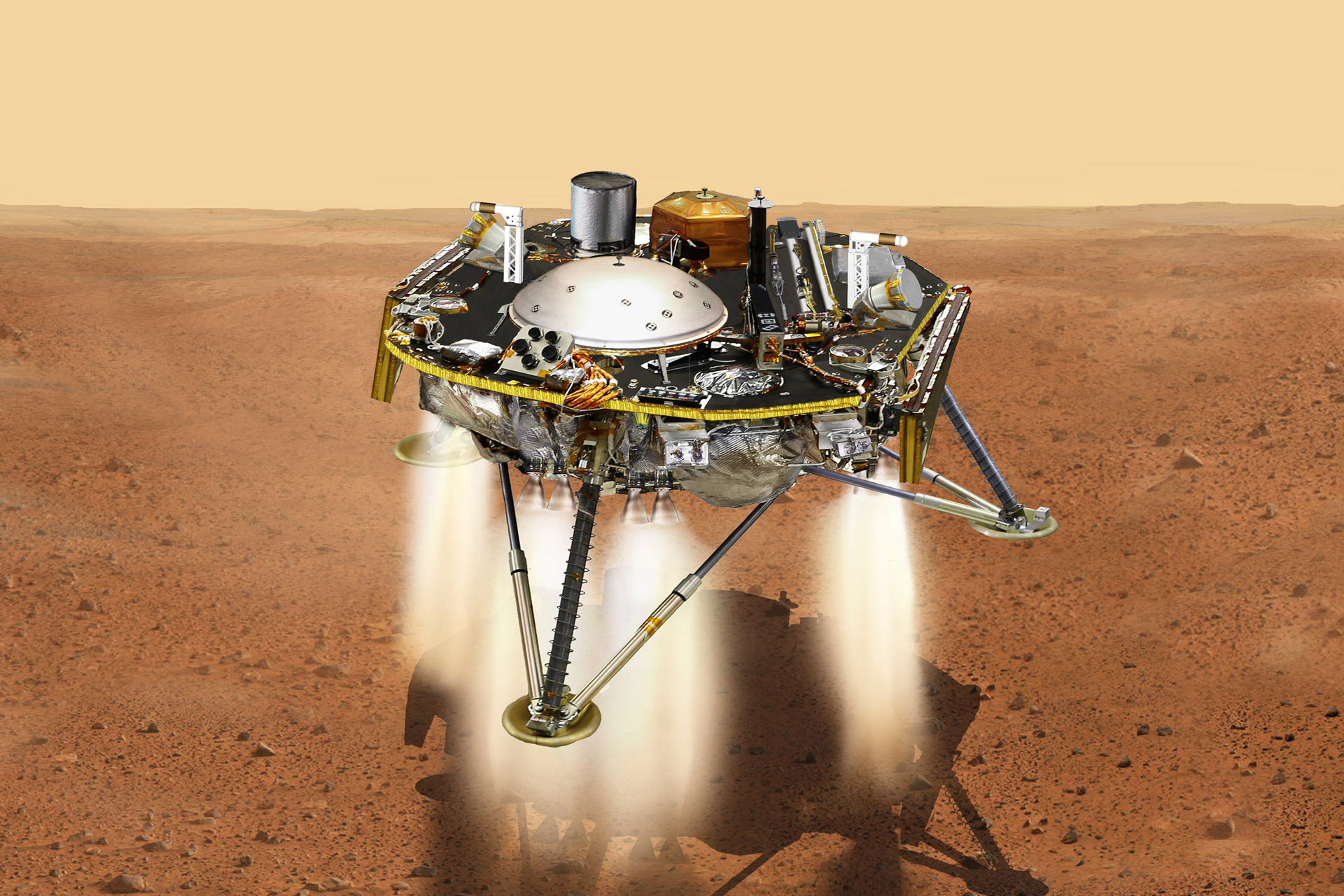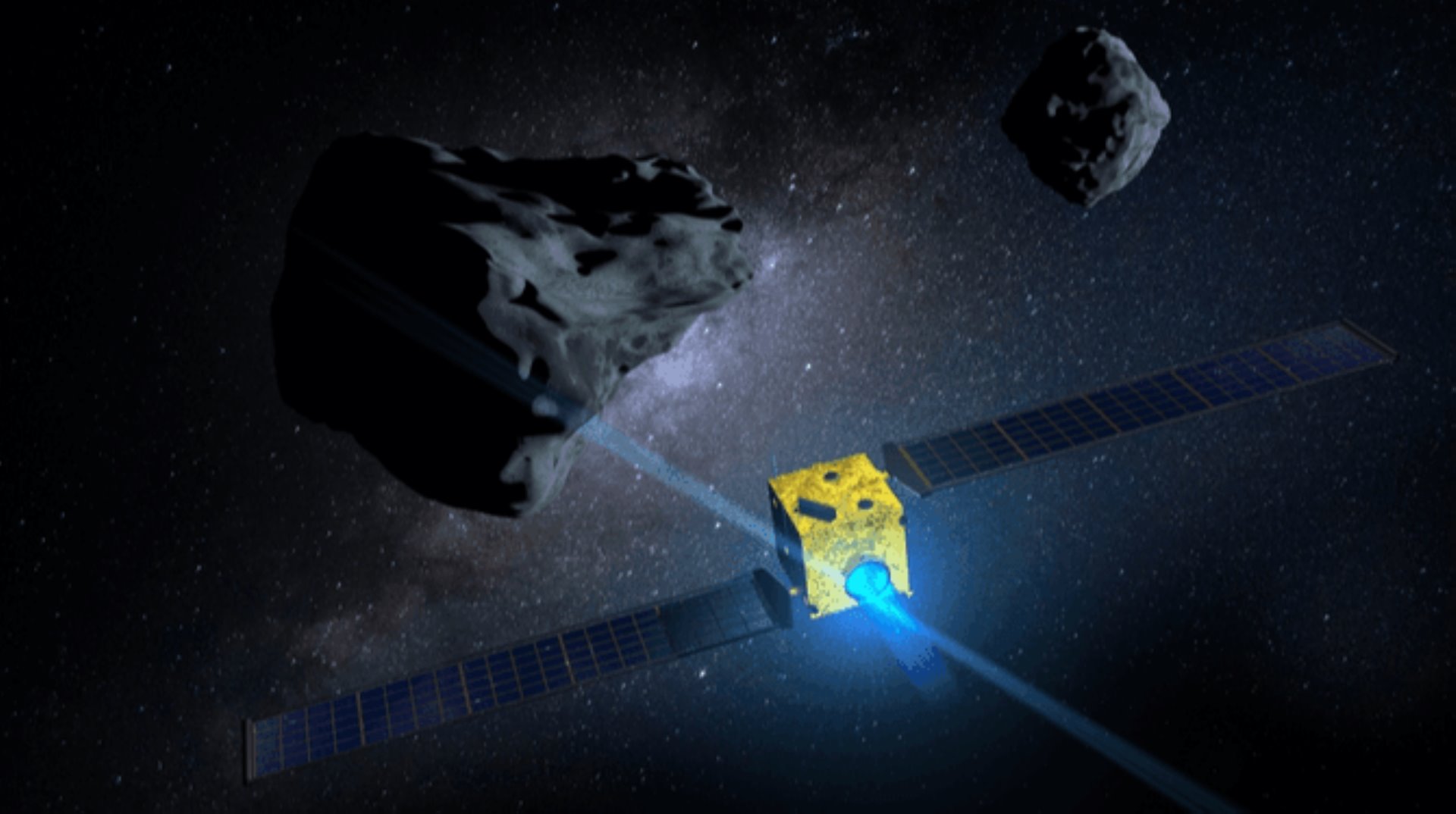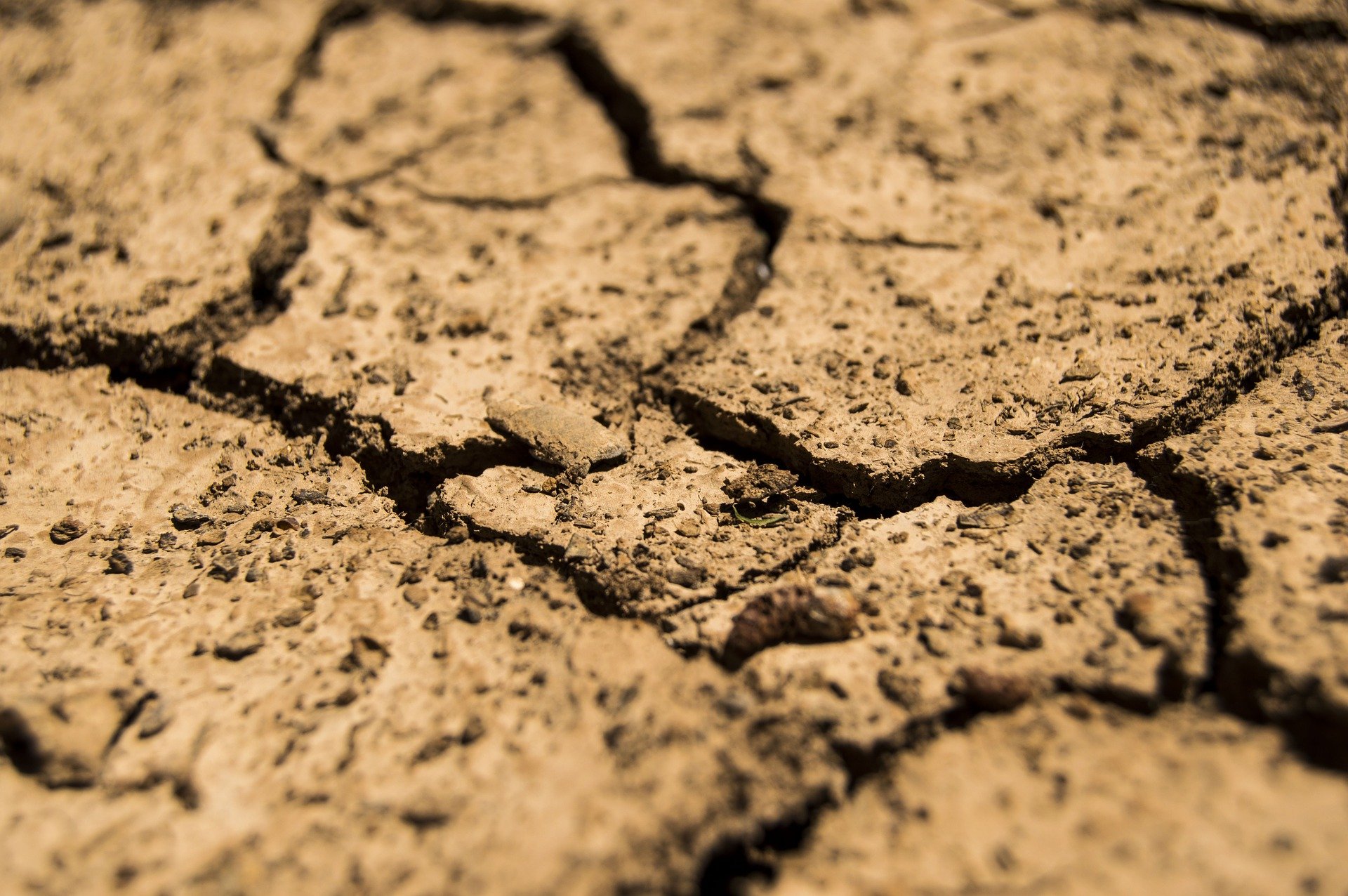Mars Part 1/4 - Interest in Mars.
Mars will be in the spotlight in February 2021. When this article appears, a new rover has landed on the red planet. The robot said: “Hello, world. My first look at my forever home.”
February 18, 2021.
Everything started again in July 2020. Once every 26 months, the Earth and Mars are in the right position to make such a space trip possible. They used an excellent Atlas V 541 rocket. And after barely 7 months, it was time.

Animation on Giphy.
As with Curiosity, a heat shield, parachutes and a so-called air crane are used to hover at some altitude above the Martian surface and lower the Martian car to cables.
Due to the distance between Mars and Earth, there is a delay of 4 to 24 minutes in all communication. Because of this delay, it is not possible to manually make a landing or to make corrections. Perseverance has to establish a foothold independently, and that’s what happens with the system that was also successfully used for Curiosity.
Around the same time, China will also be setting up a Mars chariot and the United Arab Emirates will remain in orbit with their satellite around the planet. Within about two years’ time, Europe also hopes to be able to do so.
The successive American robbers.
The story of the Mars robots begins with the Spirit and Opportunity. These twins were dropped on either side of Mars in the early 21st century to investigate whether the planet could have supported life. The mission was successful but their story literally ended:
- Their batteries are flat.
- Their solar panels are covered in dust.
- At least one got stuck in the loose sand.
In 2012 came the Curiosity, which still functions but with limitations. That this mission can also be considered successful is shown by the fact that Curiosity found molecular building blocks necessary for life.
The hunger for more then resulted in the July 2020 launch of yet another better rover. The Mars rover Perseverance is largely based on its predecessor the Curiosity. Despite the similarities, there are also many innovations:
- Improvements to the landing system will allow for many more landing sites. One can land with an accuracy of 60 m, at Curiosity that happened with an accuracy between 2000 m and 3000 m.
- Perseverance is therefore going to land in a very different area, carefully selected. By a prescient understanding one guesses that if water has ever been present on Mars it must be in that landing crater.
- It also has better sensors and new scientific instruments and experiments on board, including even a small helicopter.
- On the technical equipment of this rover I will elaborate in the third part.
The landing on the red planet happened on February 18, 2021 at 9:40 p.m. Belgian time. We are at the beginning of an exciting time. We have known for a long time that one day we will have to leave Earth. There is still plenty of time, but so someday we must leave here if only because our sun will swell into a red giant towards the end of its life and then swallow up the inner planets and the earth. During that period which will undoubtedly last hundreds of millions of years Mars will become more in the habitable zone of our system. Should we, humanity, still be around then Mars will be the closest place we can stay. So at the moment Mars as a second abode is still far away, difficult to achieve and unreal. But someday it will logically come to pass, unless of course we can skip Mars as an intermediate step and thus move directly to another exoplanet in another solar system. The spirit of this proposition makes sense, hopefully humanity will live to see it.
A growing need.
Everyone can google Konstantin Tsiolkovsky. This 1911 rocket scientist is known for his quote, “The earth is the cradle of humanity, but we cannot lie in it forever.” Shortly thereafter he developed his rocket equation, to this day a foundation for space exploration. Where we should go is far from clear. Mars is just a meaningless possibility, but it is one.
Another possibility is something completely different and yet it is gradually coming more and more into the spotlight: transhumanism. According to some scientists, we are in the post-Darwin era and can now take our evolution (and by extension the evolution of the whole earth) into our own hands. Steadily, the road is being paved to immortality: better medicine, organ culture and transplants, mechanical and electronic parts in our bodies, a full consciousness on a simple SSD. The road of transhumanism is still very long and the goal posthumanism is still far away, but we are working on it. Glasses and hearing aids and pacemakers are simple precursors to this turn. Connecting brains to computers is no longer a fiction. We will increasingly explore our outer limits and we will transcend them just as we are upgrading computers and software today:
- With nanotechnology, the beginning has been made and cancer cells are the target.
- With genetic engineering, just wait until the initial trepidation subsides, then this will be a snowball rolling and unstoppable.
Don’t forget, however, that there is also a downside to this immortality. This is the problem of overpopulation. If you are potentially immortal then one day you really have to get out of your cradle and then we are back to square one. So we will have to focus on colonizing the universe at some point.
It’s not an option to miss this train because then it’s all over for humanity. And say, if at that point we didn’t know if we were truly unique, it would be a shame to see our promising life experiment end in a minor way.
Back to the beginning of this article, back to Mars. We should not wait until we are effectively immortal. It is best for us to practice and explore that planet further already. In doing so, it is helpful if we know how things were done in the past. Learning from history rolls out the red carpet to the future. We need to find out if there was ever water on Mars, if it was ever warmer, if there was ever a beginning of life, if an atmosphere existed, if we can return to that state of the past through far-reaching interference in the household of the planet…Mars is thus back in the spotlight, a look up at the red planet is a look into the future.

This photo can be seen on the Nasa website. The new emblem replaces the almost 50 year old emblem of Apollo.
Apollo becomes Artemis.
In Greek mythology, Artemis is the twin sister of Apollo, so one remains clearly in the same family:
- Apollo’s main goal was to explore the moon, a project in the 1960s and 1970s. Let’s focus on the great success in which different people have walked around on the lunar surface.
- Artemis goes a step further. In the emblem, the red line (symbol for the trip to Mars) goes beyond the moon and then back to our Earth. That’s going to be the goal. Drop people off on Mars (possibly via a stopover on the moon) and make sure they can also go back to Earth. The first milestone is the Mars Sample Return project in 2030. The Mars soil samples collected by Perseverance are collected and brought back to Earth. This is what Europe is going to help with.






Comments